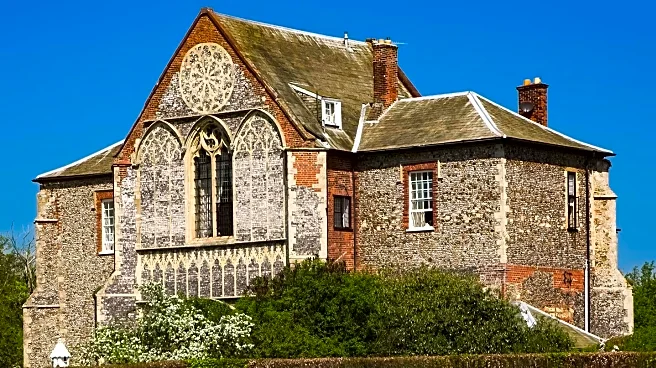What's Happening?
The National Trust has refuted claims by the Restore Trust pressure group that its properties are under-insured against disasters. Restore Trust, supported by right-wing figures, has criticized the National Trust's
handling of historic properties, particularly Clandon Park, which was gutted by fire in 2015. The group has proposed a resolution for the upcoming AGM, calling for all historic buildings to be sufficiently insured for any eventuality. The National Trust maintains that its insurance arrangements are confidential but assures robust coverage for catastrophic events. The debate highlights differing views on risk management and insurance practices for heritage properties.
Why It's Important?
The dispute underscores the challenges faced by heritage organizations in balancing financial constraints with the need for comprehensive insurance coverage. The outcome of the AGM resolution could influence the National Trust's future insurance policies and risk management strategies. The debate may impact public perception of the Trust's stewardship of historic properties, affecting membership and support. It also raises broader questions about the sustainability of heritage conservation in the face of increasing climate-related risks.
What's Next?
National Trust members will vote on the resolution at the AGM, potentially shaping the organization's insurance policies and risk management practices. The event will also involve elections to the National Trust council, with Restore Trust putting forward candidates. The outcome could influence the Trust's governance and approach to heritage conservation. Stakeholders, including heritage experts and insurance providers, will be closely monitoring developments and their implications for the sector.
Beyond the Headlines
The debate highlights the complexities of insuring historic properties, with increased rebuild values and climate change impacting premiums. It raises ethical questions about the responsibility of heritage organizations to protect cultural assets while managing financial risks. The discussion may prompt broader conversations about the role of insurance in heritage conservation and the need for innovative solutions to address emerging challenges.














